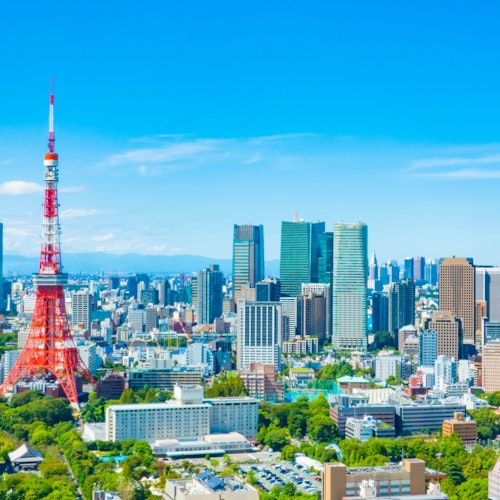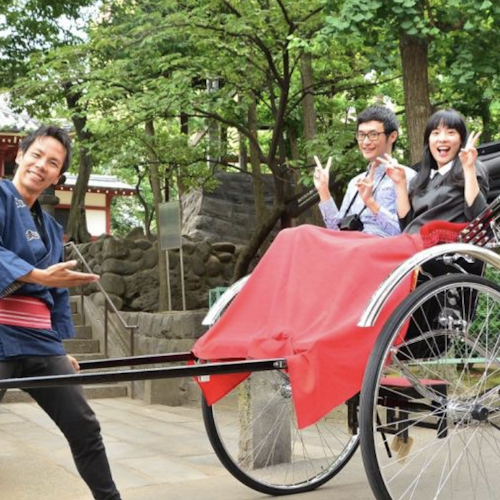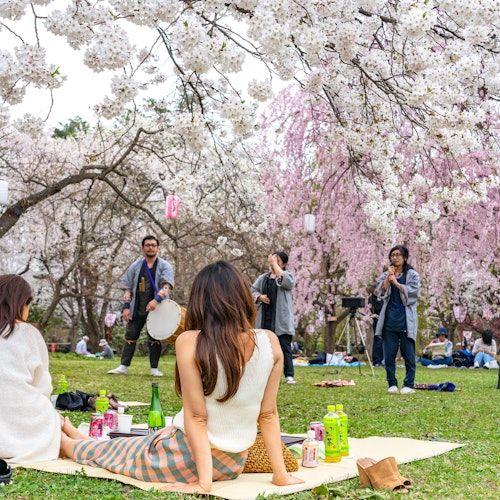
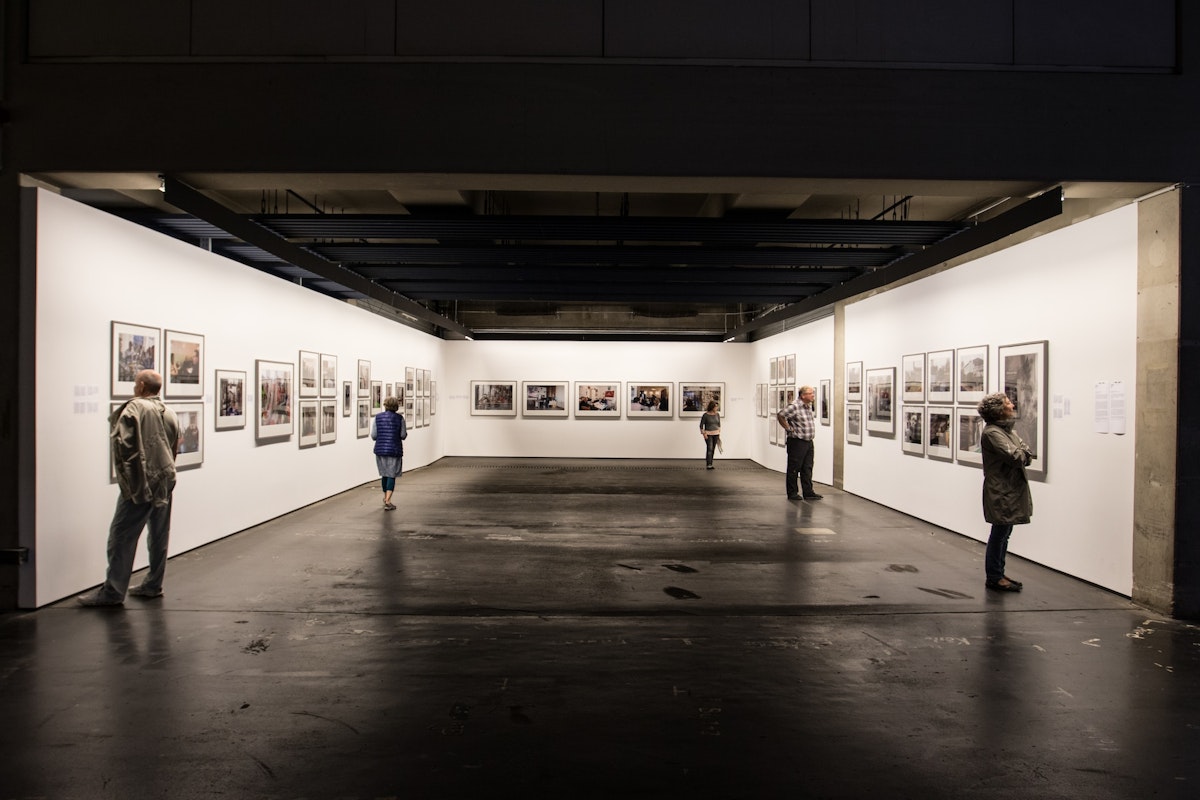
Exploring Japan’s contemporary art scene is like stepping into a world of creativity, where every turn brings something new to discover. It beautifully blends old traditions with modern ideas, creating a unique and exciting mix of artistic expressions. This fusion reflects Japan’s culture, history, and ever-evolving artistic vision, making it a fascinating destination for art lovers worldwide.
Across Japan, different art spaces and districts showcase this creativity in their own way. From high-tech digital museums to peaceful galleries that preserve traditional art, each place tells a different story. Some areas celebrate pop culture and anime, while others focus on deep artistic reflection. This journey through Japan’s art world is not just about seeing art—it’s about experiencing how history and innovation come together to shape a rich and inspiring creative landscape.
Tokyo, Japan's bustling capital, is a kaleidoscope of contrasts, where tradition coexists seamlessly with cutting-edge modernity. The city's contemporary art scene is woven into this fabric, creating a dynamic tapestry of artistic expressions that shape the cultural heartbeat of Tokyo. Akihabara, fondly known as "Akiba," showcases the thriving world of anime and manga culture. Its streets are a riot of colorful billboards, themed cafes, and countless shops selling anime and manga merchandise. The district's eclectic ambiance extends into its art spaces, with venues like the Tokyo Anime Center offering exhibitions, events, and workshops centered around anime and manga.
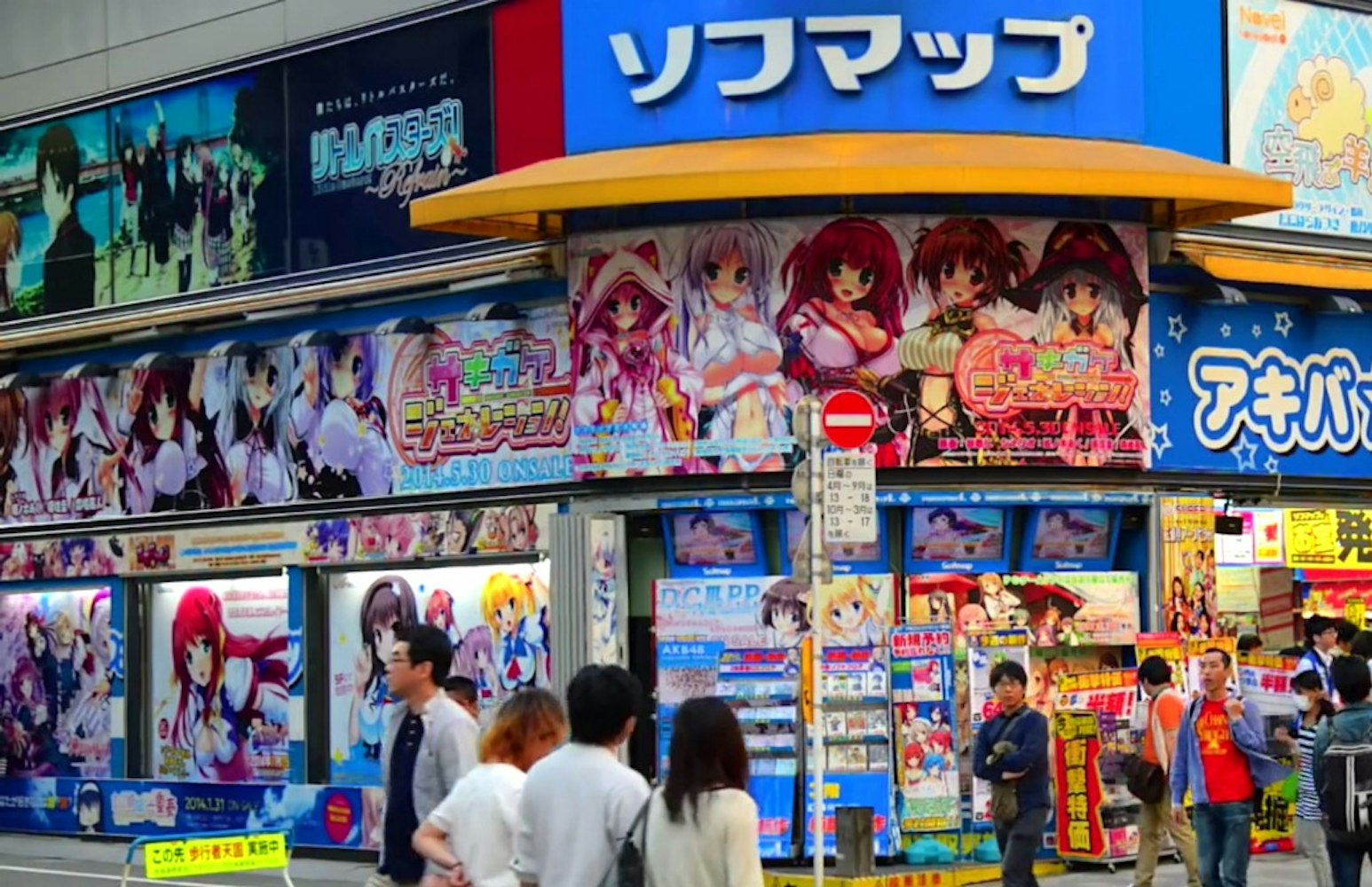
On the other end of the spectrum, Yanaka exudes an old-world charm that harks back to the pre-war era. Known for its traditional wooden houses, temples, and artisan shops, the district is also home to the Yanaka Ginza shopping street and the Asakura Museum of Sculpture. Yanaka Ginza showcases local crafts and food, offering a distinct cultural experience, while the Asakura Museum, a former residence turned museum, exhibits work by the famous Japanese sculptor Fumio Asakura.
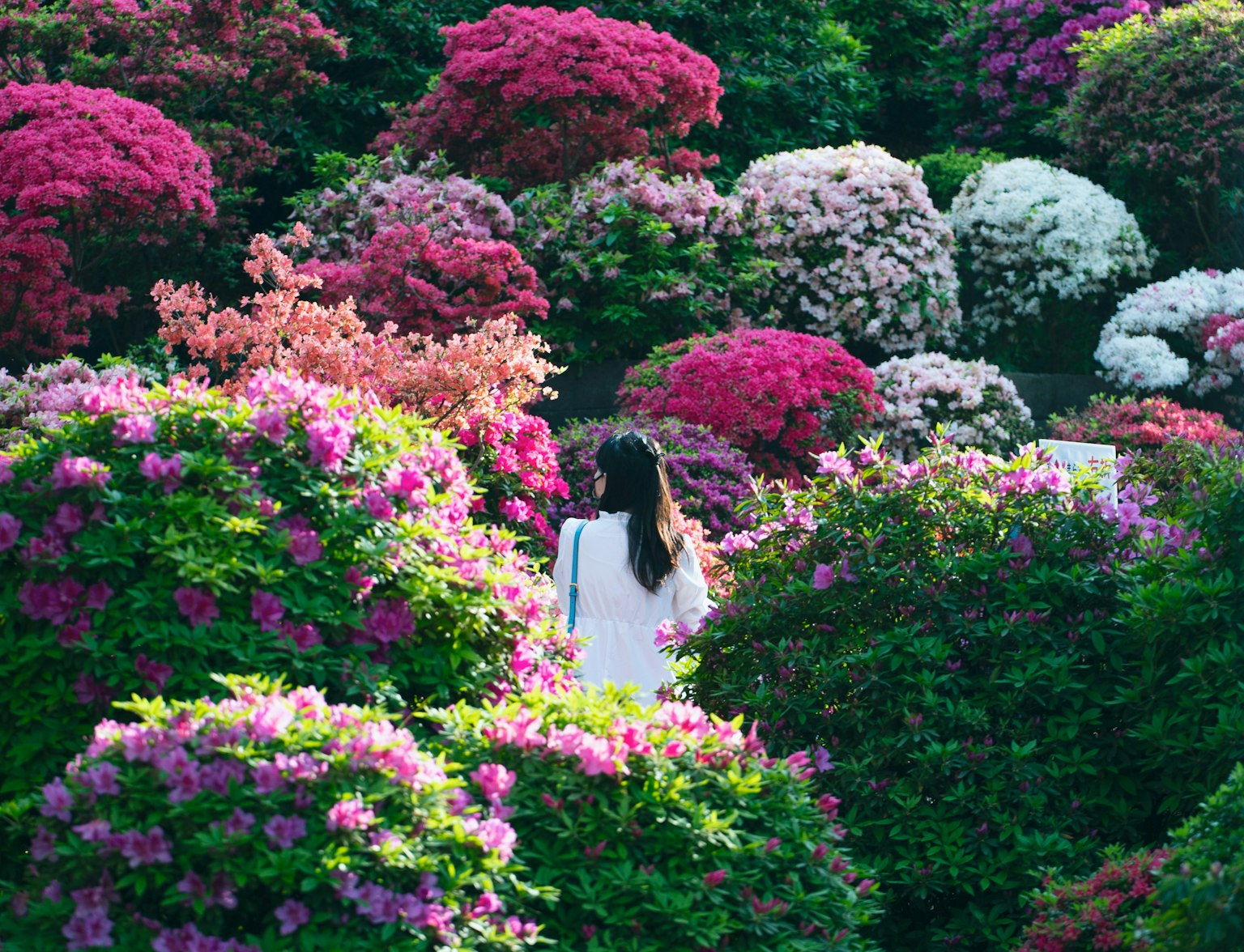
Explore Yanaka with this tour.
Located in the heart of the city, the Roppongi Art Triangle is Tokyo's contemporary art powerhouse. Anchored by three major art institutions - the Mori Art Museum, the Suntory Museum of Art, and the National Art Center - the Triangle epitomizes Tokyo's dynamic art scene.
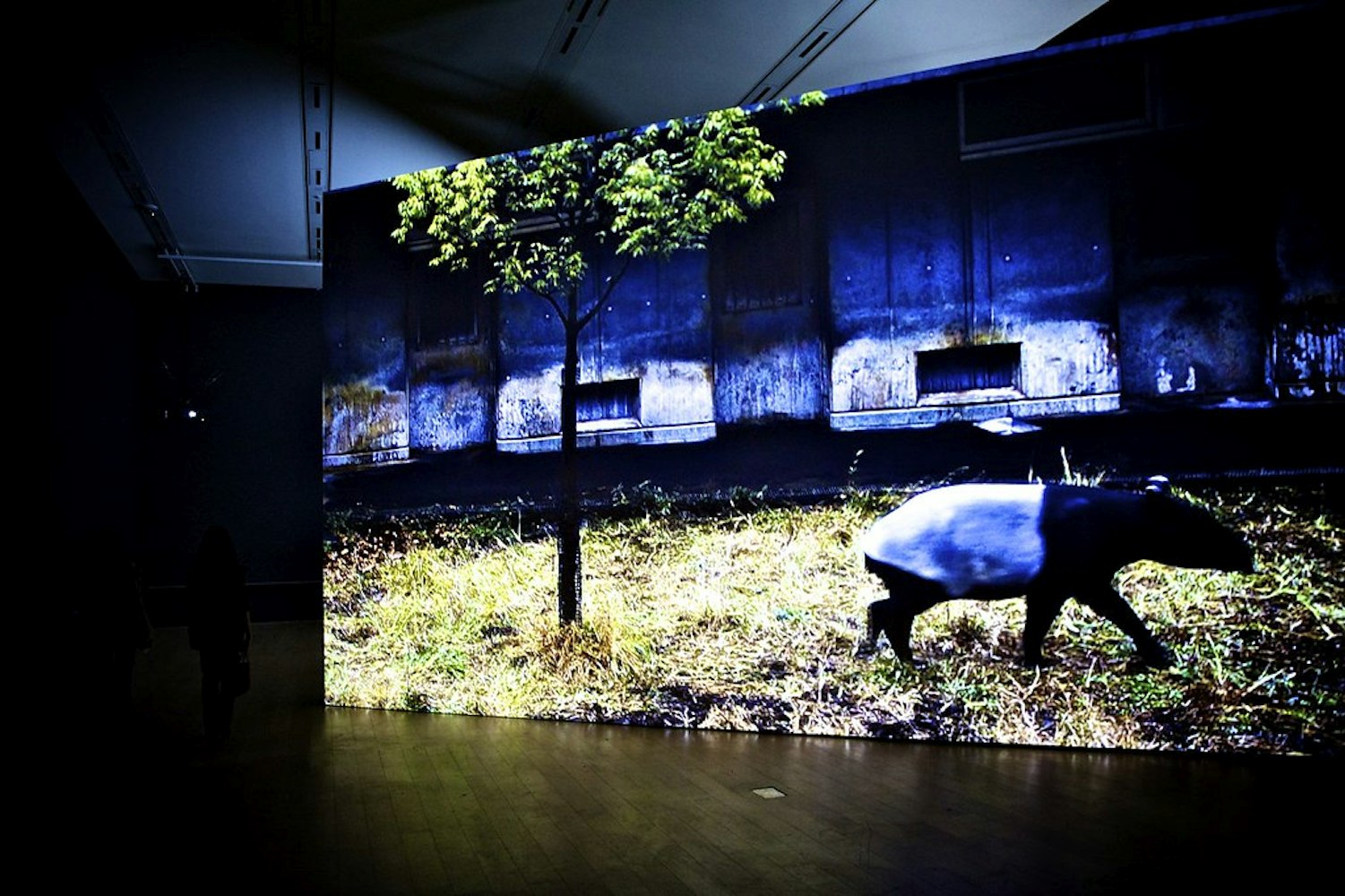
Image Credit: Julio Prieto
The Mori Art Museum, located on the 53rd floor of the Roppongi Hills Mori Tower, offers breathtaking panoramic views of the city and showcases a diverse range of contemporary art from Asia and the rest of the world. The Suntory Museum of Art, situated in Tokyo Midtown, operates on the theme "Art in Life," focusing on Japanese art and craft that merges history with the present. The National Art Center, known for its distinctive wave-like glass façade, is one of Japan's largest exhibition venues, hosting a myriad of rotating exhibitions.
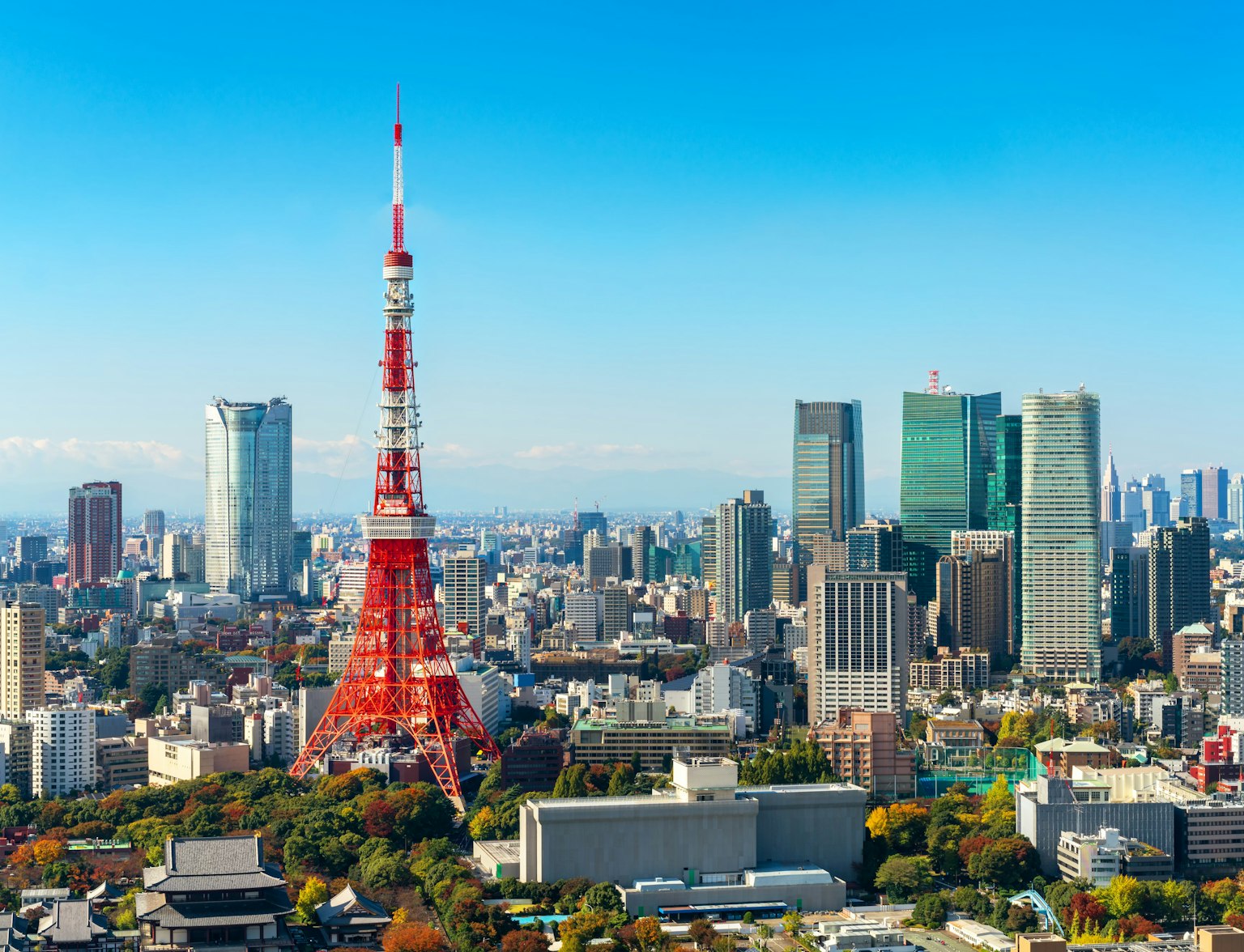
Visit Roppongi with a chartered vehicle.
Ginza, Tokyo's most famous upmarket shopping, dining, and entertainment district, is synonymous with sophistication and luxury. Amid the glamorous boutiques and ritzy establishments, Ginza is also a haven for art enthusiasts. The district is home to numerous art galleries showcasing an array of art forms, from traditional Japanese art to modern contemporary pieces.
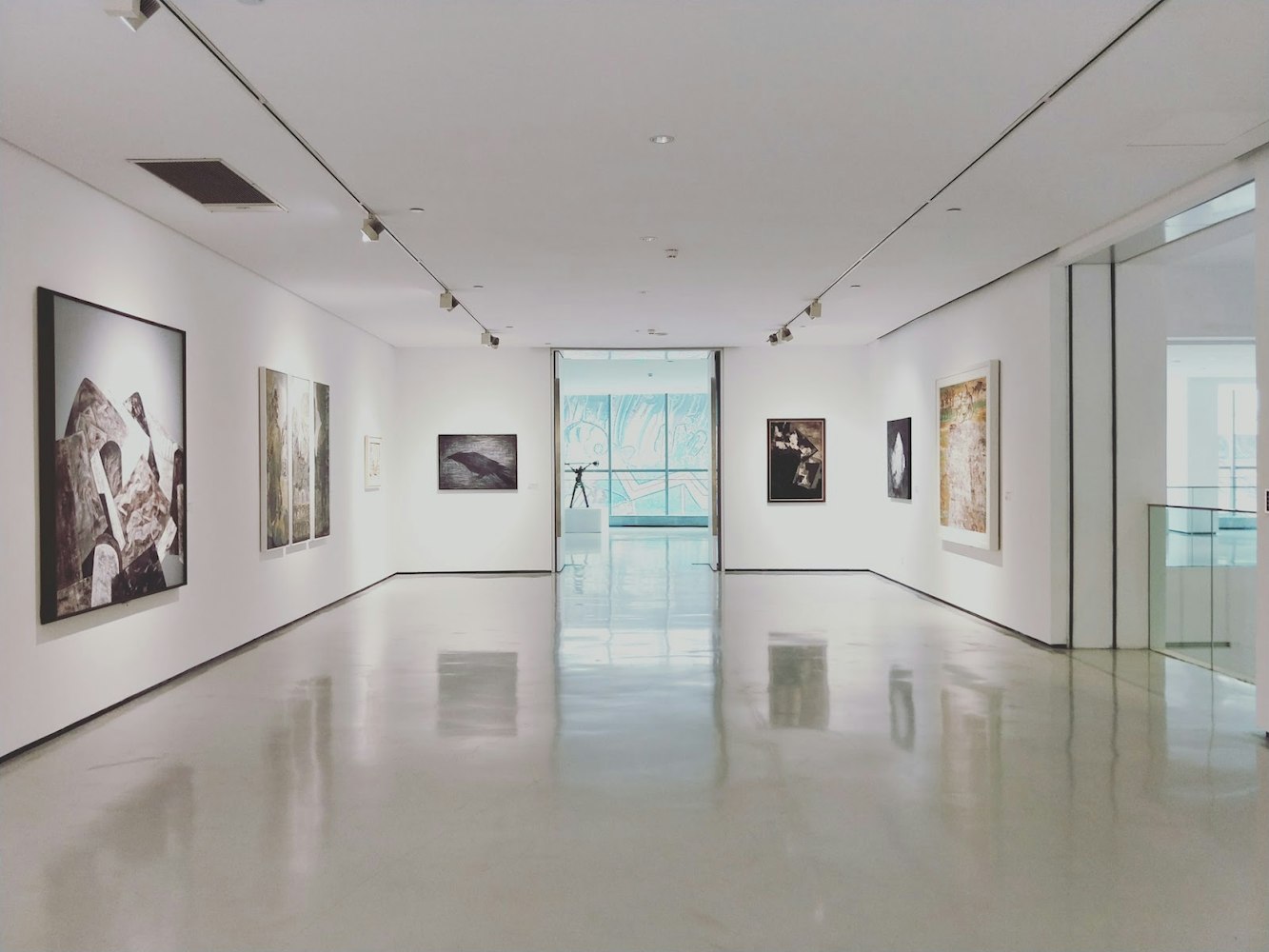
The Shiseido Gallery considered the oldest art gallery in Japan, has been at the forefront of the country's art scene since its opening in 1919. With a mission to discover and promote new artistic talents, the gallery has continually championed avant-garde exhibitions. Meanwhile, the Mitsukoshi Department Store, apart from its luxury retail, also houses an art gallery that has contributed significantly to promoting art and culture.
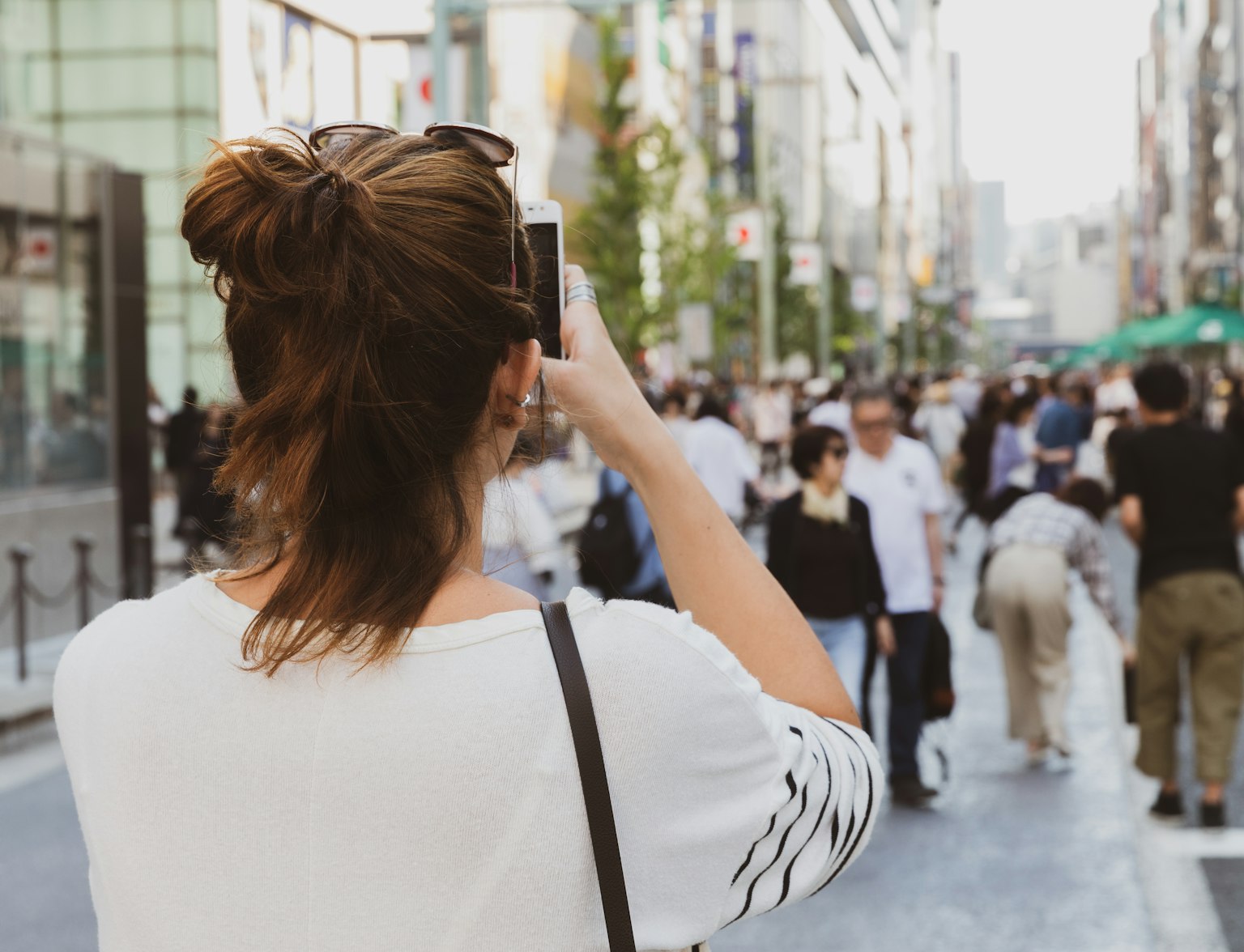
Visit Ginza and other districts in Tokyo.
Shibuya, a hub of youth culture and fashion, pulsates with an infectious energy that extends to its contemporary art scene. Home to the famous Shibuya Crossing, the district is a hotbed of creativity, housing a range of art spaces that present innovative and vibrant works.

The Parco Museum, situated within the commercial complex of Parco Shibuya, regularly holds exhibitions ranging from contemporary art to pop culture, showcasing the latest trends. The Shibuya Hikarie, a high-rise complex, features the creative space 8/Art Gallery/ Tomio Koyama Gallery, which hosts exhibitions of both Japanese and international artists. Shibuya's urban landscape also serves as a canvas for street artists, bringing an edgy, colorful aspect to the district's contemporary art scene.
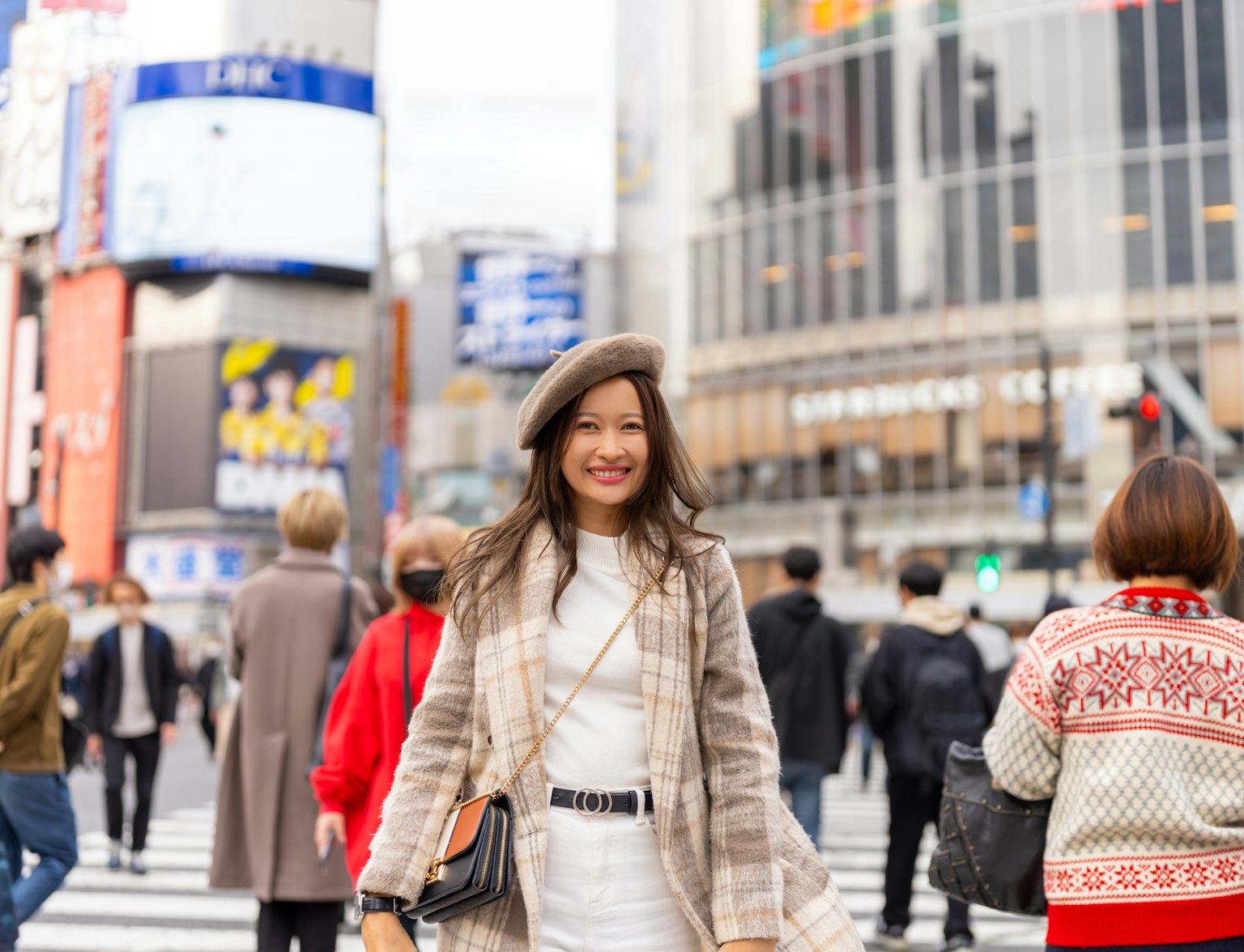
Must-try tour for Tokyo visitors.
As the cultural heart of Japan, Kyoto represents the seamless coalescence of the country's rich history with the new wave of contemporary art. The city, known for its beautifully preserved temples, traditional wooden houses, and imperial palaces, is steeped in artistic heritage that spans centuries. From the intricate patterns of kimono textiles and the subtle aesthetics of tea ceremony utensils to the vibrant strokes of yuzen dyeing and the delicacy of kiyomizu pottery, Kyoto's traditional arts encapsulate the essence of Japanese culture.
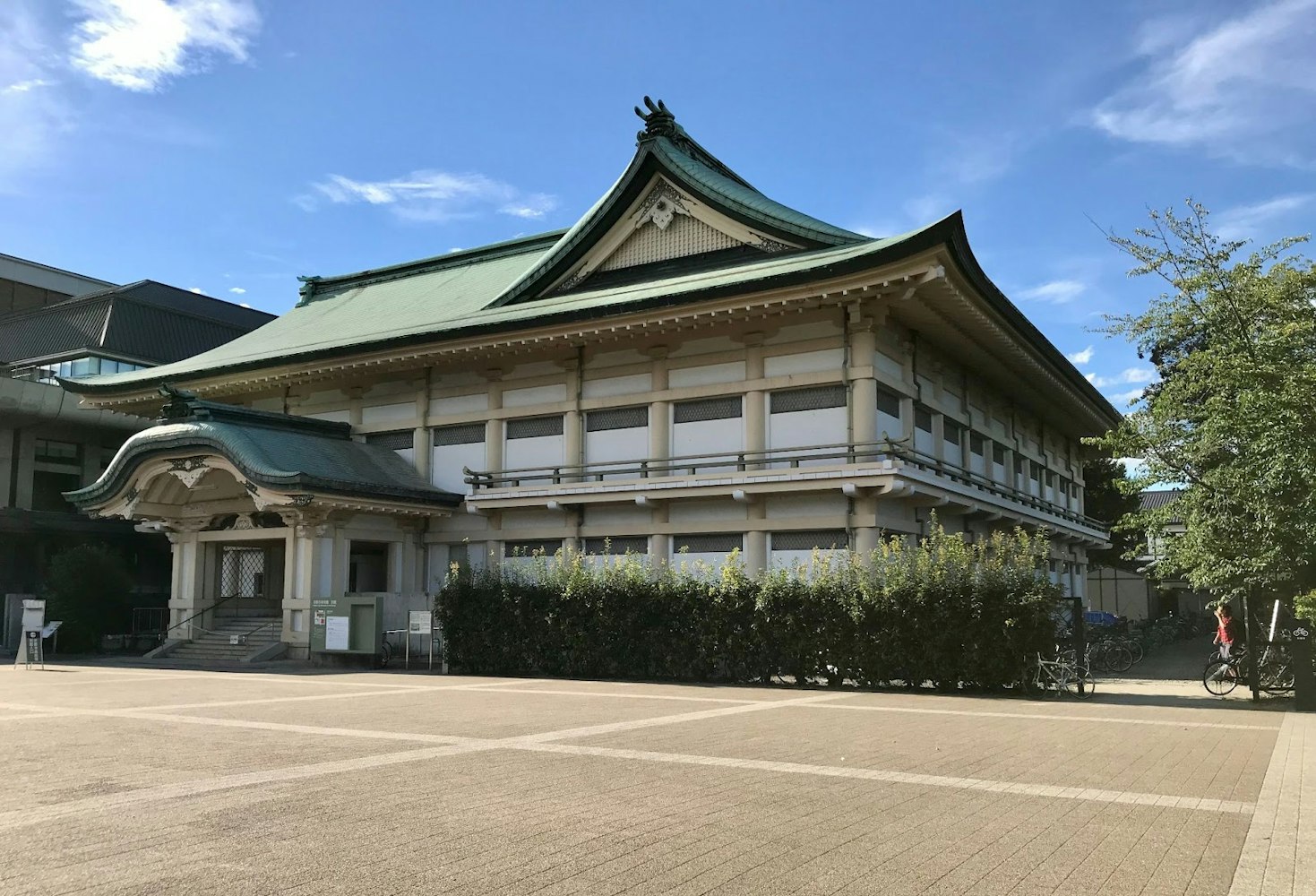
But Kyoto's artistic narrative is not merely a tale of the past. The city's historical charm forms a unique backdrop to a thriving contemporary art scene, fostering a dialogue between traditional and modern forms of expression. The Kyoto City KYOCERA Museum of Art, one of the oldest museums in Japan, exemplifies this bridge between past and present. The museum, after its recent renovation, showcases both classical Japanese art and cutting-edge contemporary works, creating a visually stimulating juxtaposition that appeals to a wide range of art enthusiasts.
Kyoto's contemporary art spaces are emblematic of the city's innovative spirit. These spaces, while inspired by Kyoto's traditional art forms, push the boundaries of creativity, showcasing a spectrum of modern artistic expressions. The Kyoto Art Center, a cultural hub located in a converted elementary school, offers a platform for budding artists and hosts a range of exhibitions, workshops, and performances. Its unique architecture, which combines traditional Japanese design with modern elements, encapsulates the city's vibrant artistic ambiance.
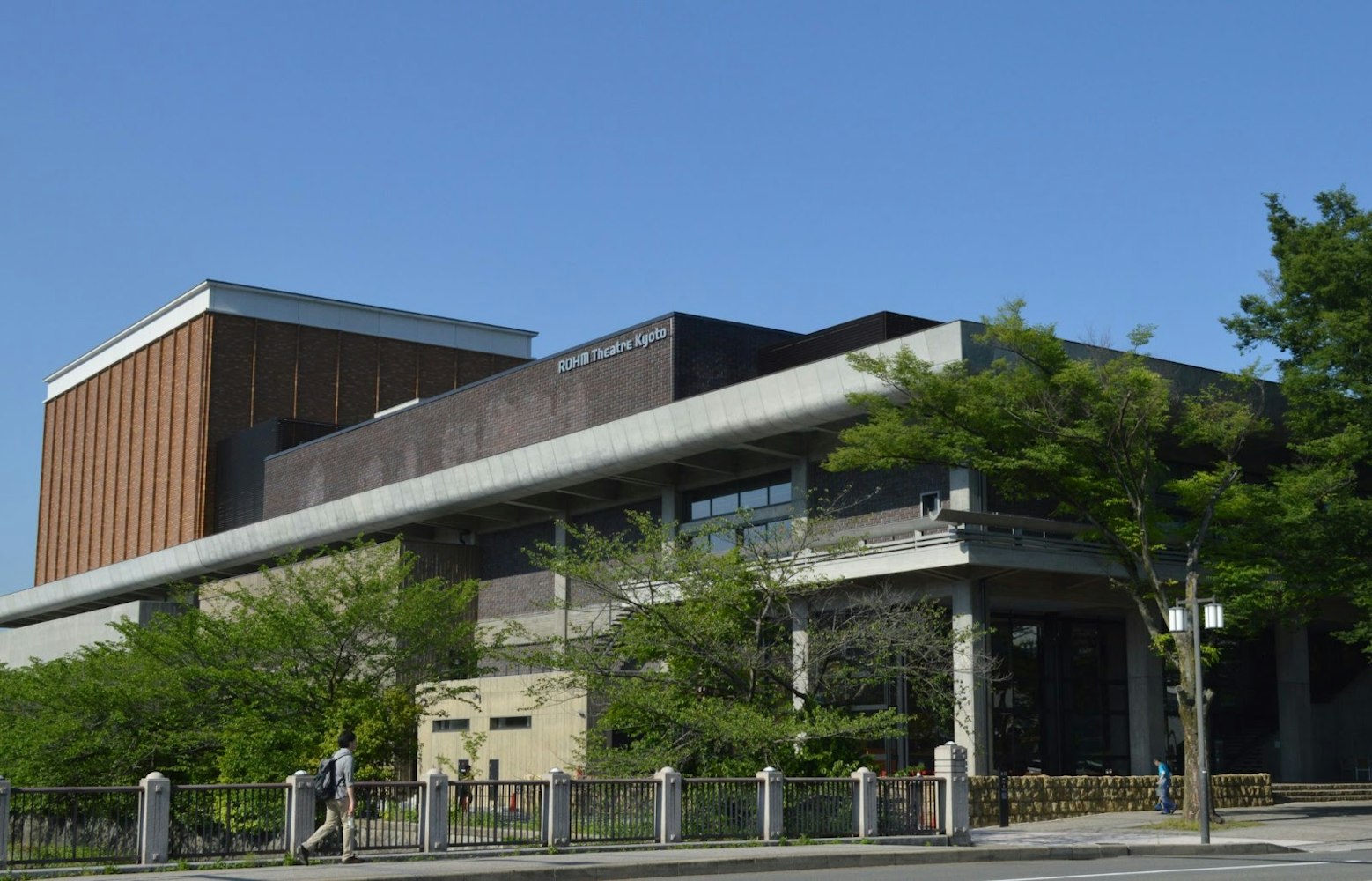
The ROHM Theatre Kyoto, while primarily a performing arts venue, also promotes visual arts through its exhibitions. Its cutting-edge design and varied program of events make it a vital part of Kyoto's contemporary art scene. Furthermore, the Dohjidai Gallery of Art, located in the heart of the city, is known for its dedication to emerging artists, hosting rotating exhibitions that highlight the diversity and innovation inherent in Kyoto's contemporary art scene.
Situated on the outskirts of Kyoto, the scenic district of Arashiyama serves as an inspiration for many artists. Known for its iconic bamboo grove, historic temples, and the picturesque Togetsu-kyo Bridge, Arashiyama exudes a tranquil charm that resonates in its artistic offerings.
Among its attractions, the Arashiyama Bamboo Grove is more than a stunning landscape. It is a testament to the age-old craft of bamboo weaving, a traditional art form that has been reimagined in modern designs. The district is also home to the Horinji Temple, which houses an array of Buddhist art and scriptures. Nearby, the Rakushisha, or "fallen persimmon" hut, was once the home of the haiku poet Mukai Kyorai and remains a symbol of Japanese literary art.
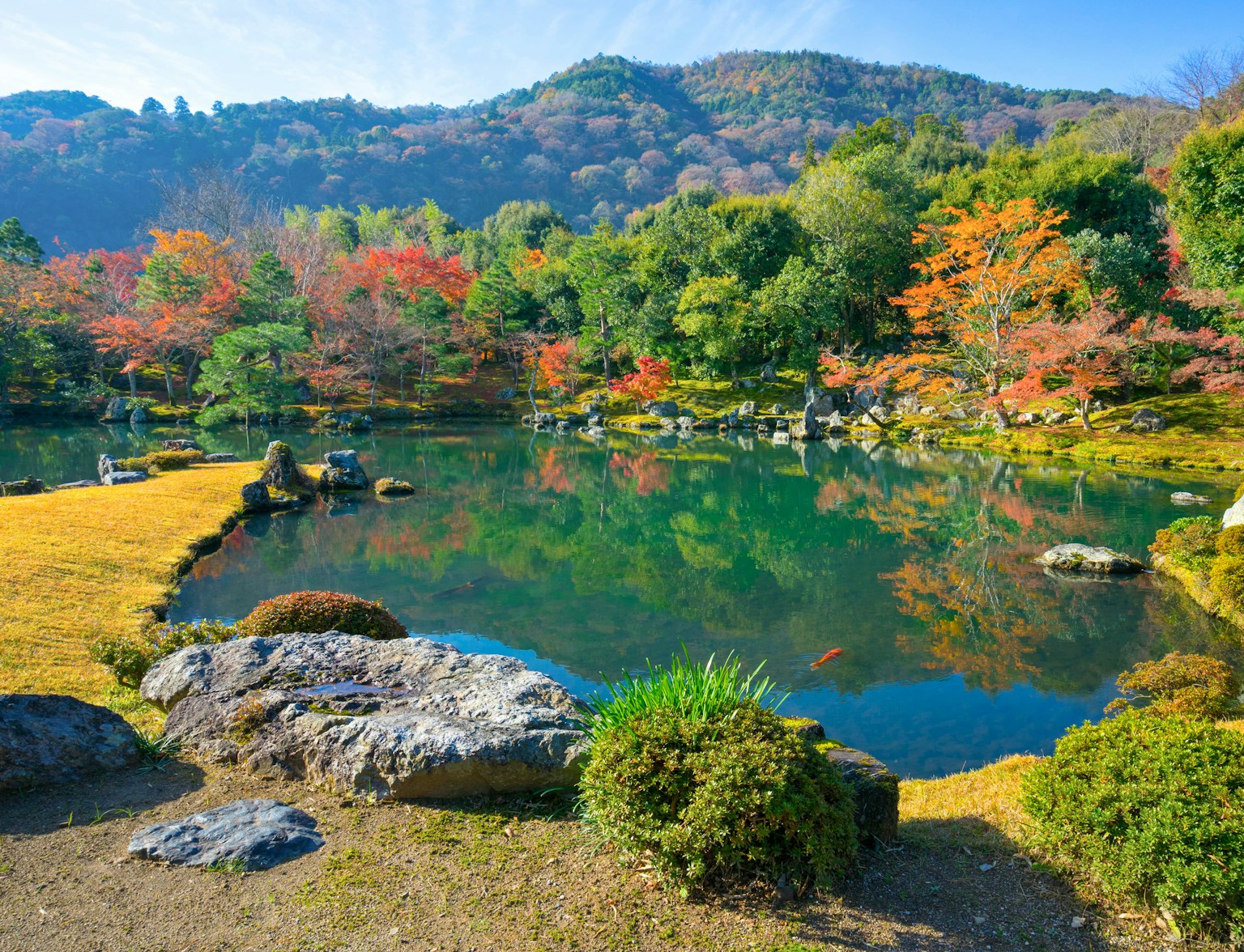
Immerse yourself in the ethereal beauty of Arashiyama on a private half-day tour from Kyoto.
Osaka, often overshadowed by the historical allure of Kyoto and the cosmopolitan charm of Tokyo, holds its own as a vibrant center for contemporary art in Japan. Known for its progressive spirit and a culture that celebrates individuality, Osaka offers a dynamic art landscape that continually challenges and redefines the boundaries of artistic expression. The city, with its lively street culture, flamboyant food scene, and rich history, serves as a muse for artists, fueling a creative energy that resonates through its various art spaces.

Image Credit: Chris Guy
One of these is the Namba Parks, a commercial complex that blends nature and architecture, creating an urban oasis that inspires both local and international artists. Its various event spaces often host art exhibits and performances that encourage cultural exchange and foster artistic innovation. Similarly, the iconic Tsutenkaku Tower, aside from being a symbol of Osaka's resilience, regularly illuminates its surroundings with art projection mappings, transforming the night sky into a radiant canvas of light and color.
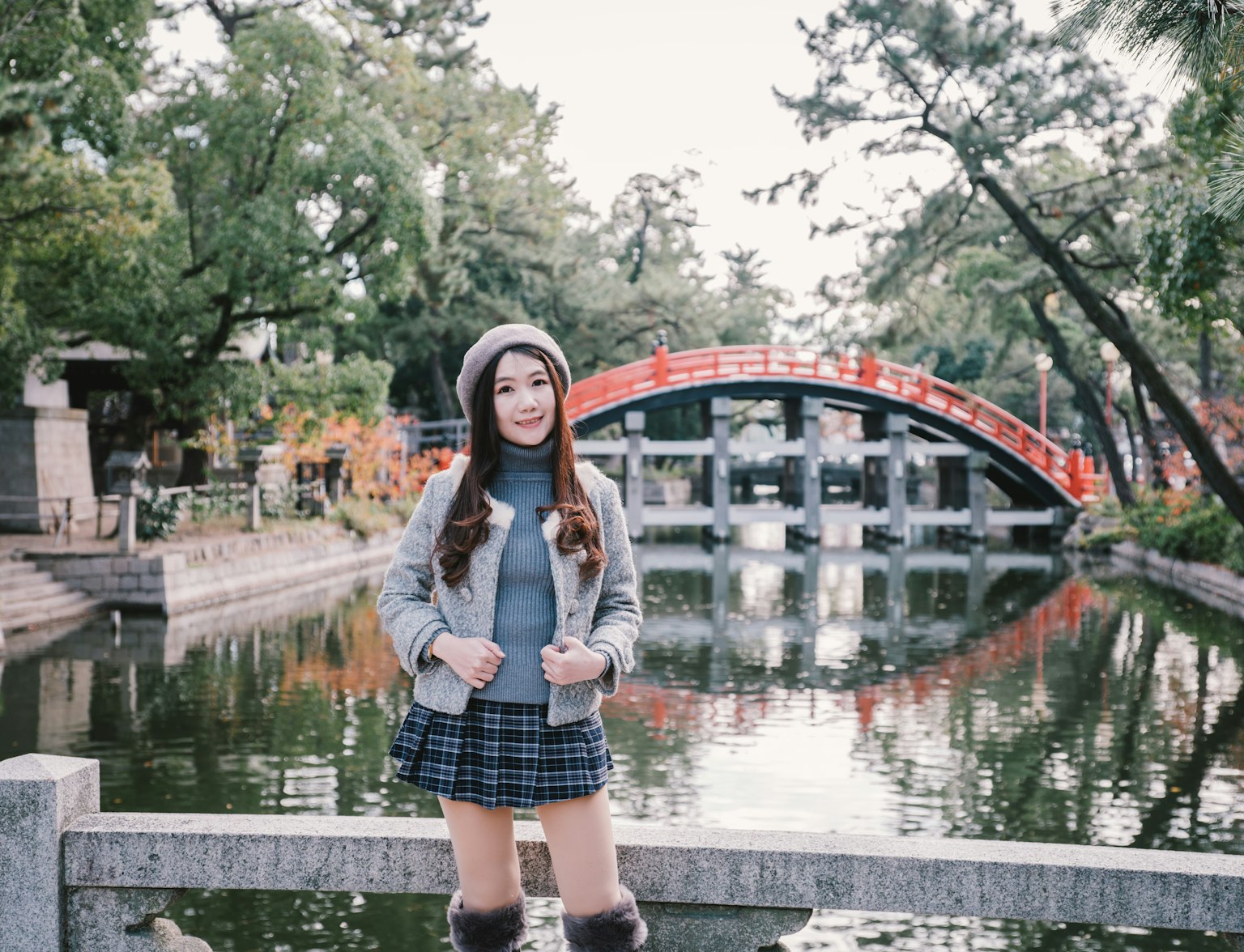
Visit Shinsekai, a retro neighborhood with the iconic Tsutenkaku tower.
Nestled in the heart of Osaka is Nakanoshima, an island district that serves as the city's cultural and artistic hub. Known for its picturesque parks, iconic buildings, and the enchanting Dojima River, Nakanoshima is more than just a geographic feature; it's a testament to Osaka's commitment to nurturing the arts. The district's unique character stems from its fusion of natural beauty, architectural charm, and artistic vibrancy, creating a cultural oasis that encourages exploration and inspiration.

Image Credit: Kanenori
Nakanoshima's grandest architectural masterpiece, the Osaka City Central Public Hall, is a veritable cultural beacon. Its classic red brick exterior and beautifully preserved interiors serve as the backdrop for a range of cultural events and art exhibitions. Meanwhile, the island's artistic prowess is further highlighted by the National Museum of Art, Osaka. Encased in a unique, sculptural structure designed to symbolize 'growth and development,' the museum houses a diverse collection of post-war Japanese and foreign art. The presence of the Osaka Science Museum, with its focus on interactive learning and exploration, broadens the island's cultural horizons, embodying Nakanoshima's spirit of innovation and intellectual curiosity.
The exploration of Japan's contemporary art scene provides a unique perspective on the country's cultural ethos. Tokyo, Kyoto, and Osaka - each city represent a unique facet of Japanese art, narrating a compelling story of tradition, innovation, and creative fusion. These artistic landscapes, each distinctive in their expression, together weave a vibrant tapestry of Japanese culture, reflecting the harmonious balance between the country's rich heritage and its forward-thinking spirit.
Engaging with the myriad art forms that spring from these cities isn't merely about appreciating aesthetics; it's a deep dive into Japan's cultural narrative. Each piece of art, each public space, tells a story that offers insights into the societal values and aspirations of the Japanese people. As Japan's contemporary art scene continues to flourish, it invites art lovers around the world on an immersive journey through the country's dynamic cultural fabric, promising both revelation and inspiration.
